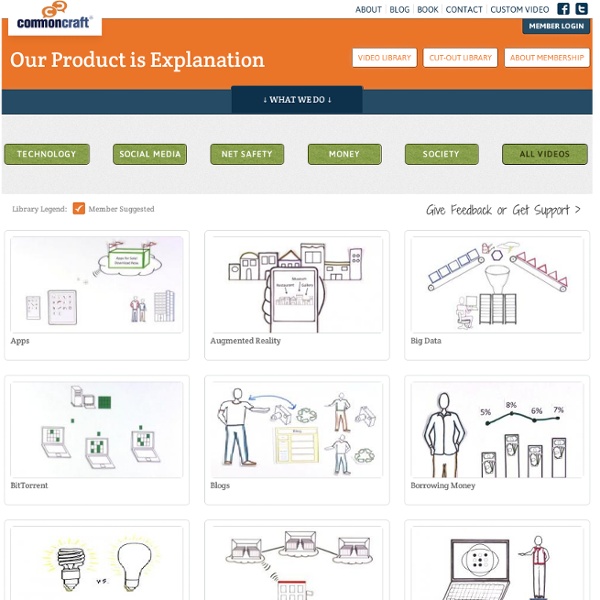



Vive les SVT How to Make a Great Prezi SAMR as a Framework for Moving Towards Education 3.0 Evolution, in its broadest sense, serves as a force to help humans move towards a better way of living given the current times or Zeitgeist. It follows, then, that the education field should evolve as new opportunities and forces emerge and present themselves. But in general, this is not the case. From the Time Magazine article, How to Bring Our Schools Out of the 20th Century There’s a dark little joke exchanged by educators with a dissident streak: Rip Van Winkle awakens in the 21st century after a hundred-year snooze and is, of course, utterly bewildered by what he sees. Men and women dash about, talking to small metal devices pinned to their ears. The evolution of education can be explained from moving from Education 1.0 to Education 3.0. Briefly, Education 1.0, 2.0. and 3.0 is explained as: Education 1.0 can be likened to Web 1.0 where there is a one-way dissemination of knowledge from teacher to student. The following chart provides an overview of the ideas discussed in this post.
Audioboo Podcast Science Khan Academy Using SAMR to Teach Above the Line - Getting Smart by Susan Oxnevad - 1:1 program, Apple, edchat, EdTech, SAMR, technology For as long as I can remember I have been an advocate for helping teachers understand the stages of technology integration to help them effectively use tech as a tool for learning. I’ve adopted a few different tech integration models over the years, discussed the ideas with administrators for use as a starting point for tech integration, and kept the ideas front of mind as I invent and discover new ways for using technology as a tool for learning. Discussing the stages of tech integration has led to some thought provoking and inspiring conversations, but the ideas have not gained a lot of momentum in my face-to-face teaching environment until now. As many districts jump on board with 1:1 implementation, Apple’s use of the SAMR model as a framework for tech integration presents a consistent, clear and powerful message that is spreading! About SAMR Researchers have determined that technology integration typically moves through specific levels. Image created by Dr. An Emphasis on Task Design
The 33 Digital Skills Every 21st Century Teacher should Have By EdTech Team Updated on march 2, 2015 : The original list that was created in 2011 comprised 33 skills , after reviewing it we decided to do some merging and finally ended up with the 20 skills below. The 21st century teacher should be able to : 1- Create and edit digital audio Here are some tools for teachers to develop this skill :Free Audio Tools for Teachers 2- Use Social bookmarking to share resources with and between learners Here are some tools for teachers to develop this skill : A List of Best Bookmarking Websites for Teachers 3- Use blogs and wikis to create online platforms for students Here are some tools for teachers to develop this skill : Great Tools to Create Protected Blogs and Webpages for your Class 4- Exploit digital images for classroom use Here are some tools for teachers to develop this skill :Web Tools to Edit Pictures without Installing any softwareTools to Convert Photos into Cartoons
videolectures.net #PSP2012 VIDEO – KR | c f e d | cfee archives | @c_f_e_d Sir Ken Robinson concludes the morning sessions of “Teaching and Learning at Home and at School” by inviting educators and parents to collaborate in the design of a covenant of shared principles to transform our schools. First, Robinson identifies an agenda of issues on which we need to focus as we move forward: vexing economic, cultural, and personal challenges with which our education system has not caught up. Then, Robinson asserts that our current system is incapable of dealing properly with these challenges, owing to a ‘command and control mentality’ among political leaders, and invites stakeholders at the grassroots level — in our classrooms, and in our homes — to create an agenda not just for reform, but for transformation. Further information and related resources are provided below the embedded video. To advance the presentation to key transitions, drag the slider to the indicated timeframes:
Form Time Ideas - Tutor group activities
Great short videos explaining wikis blogs etc by lloyd_mahoney Sep 11